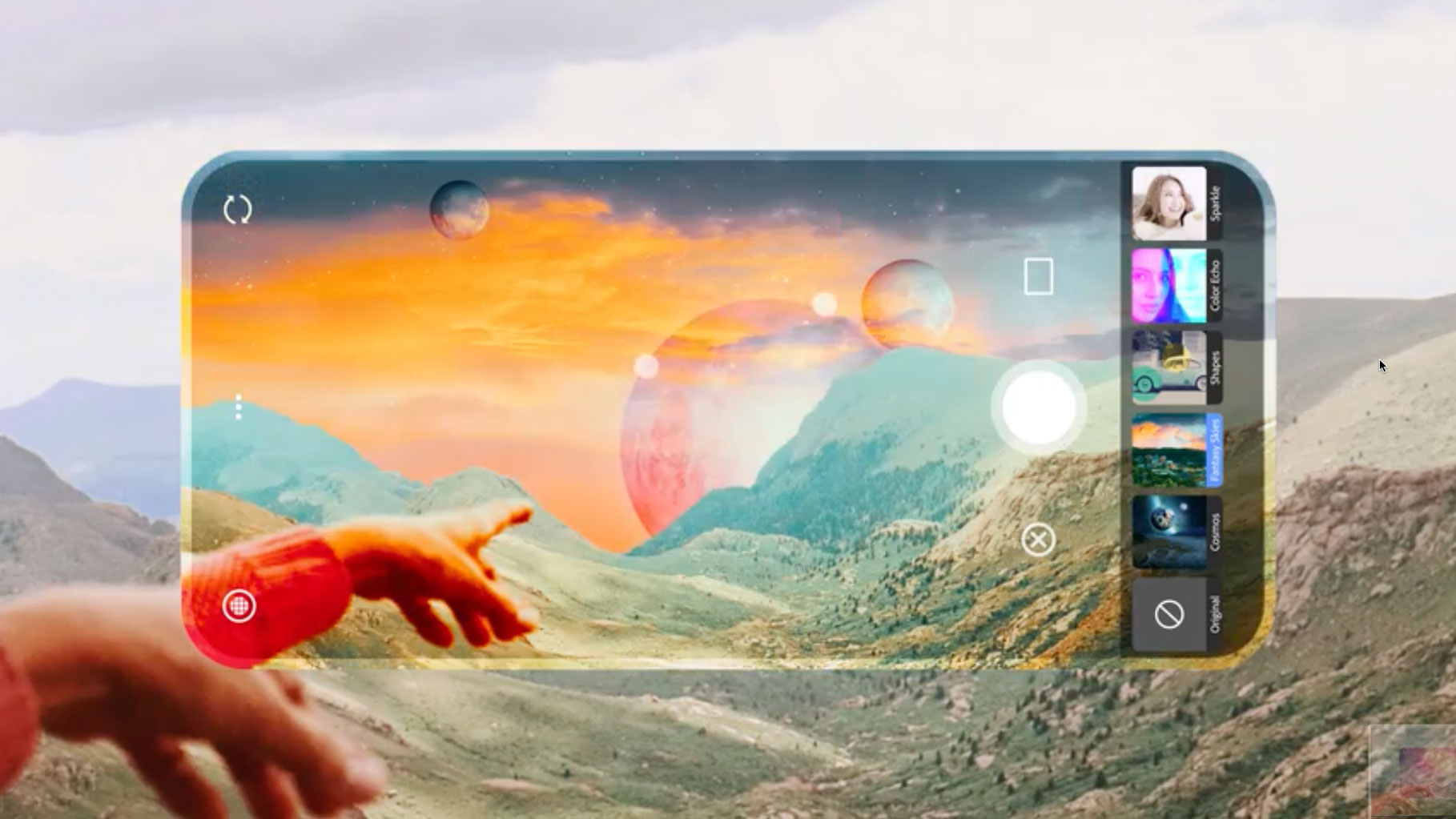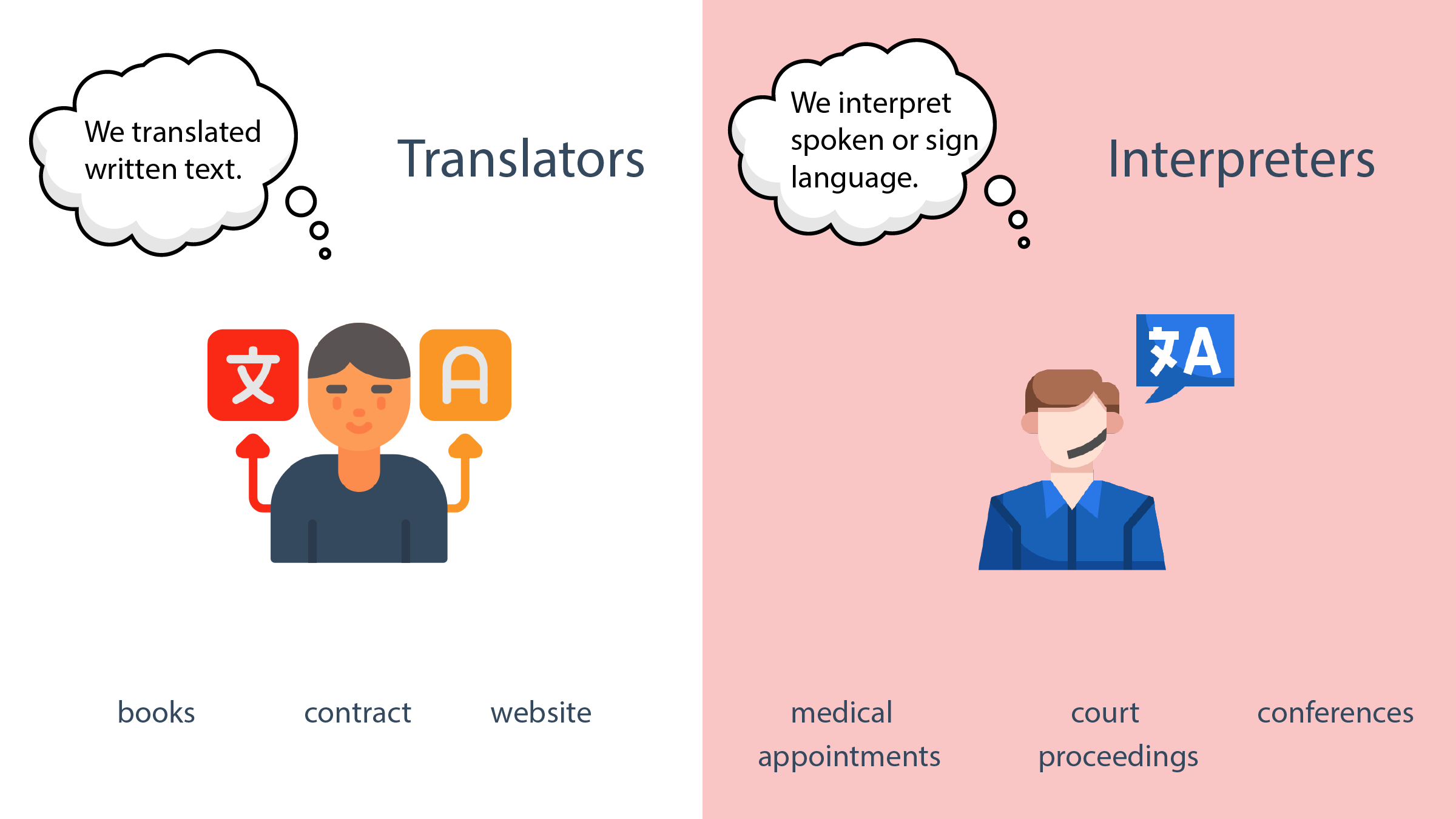AI in photography is revolutionizing the way we capture and curate images, particularly in exciting fields like photojournalism. As advanced AI technology continues to evolve, it presents both challenges and opportunities for photographers striving to maintain their visual storytelling legacy. From managing extensive digital archives to ensuring the ethical use of images, the integration of AI is reshaping workflows and preserving vital visual histories for future generations. Its ability to analyze complex visuals can enhance how these powerful narratives are shared, inviting deeper engagement with the emotional and historical contexts they convey. As we navigate this new digital landscape, the potential of AI in photography emerges as a crucial ally in both protecting and innovating the art of capturing reality.
The advent of artificial intelligence in image-making is reshaping the landscape of visual representation, particularly in the realms of photojournalism and aesthetic documentation. This transformative technology not only challenges traditional practices but also provides innovative solutions for preserving the rich heritage of photography. Through AI, photographers can more effectively manage extensive photo collections, ensuring that the narratives conveyed through these images remain accessible and relevant. Moreover, AI’s capacity for nuanced analysis allows for a reexamination of visual stories, enhancing the depth of understanding for audiences worldwide. In this context, AI emerges not just as a tool but as a pivotal player in the ongoing dialogue about authenticity and creativity in the art of photography.
The Role of AI in Preserving Photojournalism
AI technology is increasingly being recognized for its potential to transform various industries, and photojournalism is no exception. Through advanced algorithms and machine learning, AI can effectively manage and preserve vast digital archives of photographs. This capability becomes especially crucial as the art of photojournalism confronts challenges such as copyright issues and the relentless pace of misinformation in the digital age. By leveraging AI, photojournalists can ensure their visual storytelling is safeguarded while making their archives more accessible and engaging to the public.
Moreover, integrating AI into the preservation of photography legacy allows for enhanced cataloging and organization of visual content. As Kira Pollack notes, AI tools can help extract contextual details and emotional nuances from images, enriching the narrative behind each photograph. This approach not only maintains the integrity of the photographer’s intent but also allows future generations to understand the significance of historical events captured through their lens. Infusing AI technology into the archiving process is not merely about preserving images; it transforms them into dynamic storytelling mediums.
Challenges of AI in Photography and Trust Issues
While AI offers promising avenues for photojournalism, it also presents significant challenges, especially concerning trust and authenticity. The rise of generative AI technology has raised alarms about the potential for creating misleading or entirely fabricated images. This can contribute to a growing public skepticism toward visual media, as images spread rapidly on social media without proper verification or context. It is essential for photojournalists to remain vigilant in this evolving landscape to safeguard their credibility and ensure that their work reflects the truth.
Additionally, concerns about copyright infringement loom large as AI systems are often trained on vast datasets that include unlicensed photographs. The ownership and authorship of images used to train these AI models remain contentious issues that require urgent attention. Kira Pollack’s exploration focuses on a middle ground — utilizing AI not to infringe on photographers’ rights but to enhance the preservation and interpretation of their work. By prioritizing ethical considerations in the use of AI, photojournalists can reinforce their commitment to truth, thus reinforcing public trust in visual storytelling.
AI as a Tool for Visual Storytelling
In the realm of visual storytelling, AI is reshaping how photojournalists curate and present their work. As discussions around AI technology continue, it becomes clear that the challenge lies in harnessing its benefits while mitigating risks. By using AI to analyze images and extract meaning, photojournalists can generate deeper narratives that resonate with audiences on multiple levels. This new layer of interpretation not only enhances the viewer’s experience but also aligns with the core principles of impactful storytelling.
Kira Pollack’s research emphasizes that AI can reveal the complexity inherent in conflict photography, shedding light on emotions and human experiences that may otherwise go unnoticed. By augmenting the storytelling process, AI can transform traditional photojournalism into a more immersive experience, connecting the audience to the realities captured by photographers. This innovative approach can breathe new life into digital archives, ensuring that the essence of photojournalism is preserved while adapting to the technological advancements of the modern era.
The Future of Photography in the Age of AI
The future of photography is undeniably intertwined with AI technology as it continues to evolve and mature. As photojournalists navigate this new era, it is crucial to embrace these advancements to enhance their craft without compromising their core values. AI presents an opportunity to reimagine the relationship between photographers and their archives, enabling better access and engagement with historical content. The challenge lies in balancing innovation with ethical responsibility, ensuring that photographers’ rights and legacies are respected.
In contemplating the future, Pollack’s hope is to engage in meaningful dialogues with various professionals to explore how AI can be a force for good in photography. By fostering collaboration between technologists, ethicists, and journalists, the industry can collectively shape the trajectory of photojournalism advancements. Rather than merely reacting to change, photojournalists must actively participate in discussions about the role of technology, aiming to integrate AI in ways that uphold the values of truth, authorship, and memory.
Navigating Ethical Considerations in AI and Photojournalism
Engaging with the ethical implications of AI in photography is essential for preserving the integrity of visual storytelling. As AI technologies offer unprecedented opportunities to analyze and enhance photographic archives, it is crucial for photojournalists to consider the ethical dimensions of their use. Concerns about data privacy, copyright infringement, and the potential for misuse of images necessitate a robust framework to guide interactions with AI tools. Pollack’s work highlights the importance of establishing guidelines that prioritize the rights of photographers while allowing for innovative applications of AI.
Moreover, creating transparency about how AI systems operate and how they utilize photographic data can help establish a sense of accountability within the industry. Photojournalists must advocate for ethical standards that uphold their integrity and public trust. By engaging in conversations around responsible AI use, the photojournalism community can lead the charge in developing best practices that not only protect individual rights but also enhance the overall landscape of visual journalism.
Transforming Digital Archives with AI Innovations
As technology progresses, the transformation of digital archives through AI innovations promises to redefine how we access and interact with photographic history. AI’s ability to sort, analyze, and curate large volumes of images enables more efficient and comprehensive archival systems. By categorizing images based on context, emotional content, and historical significance, AI can ensure that vital visual narratives are not lost to obscurity. This evolution allows for a more dynamic presentation of photojournalistic work, fostering deeper connections between viewers and the stories behind the photographs.
Furthermore, enhancing digital archives with AI tools can lead to the rediscovery of previously overlooked works. As noted by Pollack, many exceptional photographs remain hidden in extensive collections, waiting for the right context to be unearthed. By deploying AI to reveal these visual treasures, photojournalists can facilitate new dialogues about historical events and cultural memory. Thus, AI becomes a pivotal ally in enriching our understanding of the past, ensuring that the legacy of photojournalism continues to thrive.
AI-Generated Art vs. Authentic Photography: A Cultural Debate
The advent of AI-generated art has sparked a cultural debate within the photography community. On one side, proponents argue that AI can expand creative possibilities and forge new artistic expressions, while critics express concern over the potential dilution of authentic photography’s value and emotional resonance. This tension underscores the need for a critical dialogue on the implications of AI on artistic integrity and the definition of authorship in photography.
For photojournalists like Kira Pollack, navigating this debate requires an understanding of both the benefits and limitations of AI technology. While AI-generated images can be compelling, they lack the unique human experiences and intentionality that define original photography. By leveraging AI as a supportive tool rather than a replacement for human creativity, photojournalists can maintain the significance of their craft while embracing the innovation that technology brings. Addressing this cultural discourse is essential for defining the future landscape of photography and ensuring its authenticity endures.
The Essential Role of Photojournalism in Documenting History
Photojournalism plays a critical role in documenting history, capturing the human experience through imagery that reflects societal truths and significant events. As technology evolves, AI’s potential to enhance this documentation is crucial for preserving historical accuracy and context. AI can aid photojournalists in surface-level analysis, enabling them to highlight meaningful narratives that resonate with contemporary audiences while maintaining the essence of the original photographs.
Moreover, preserving the legacies of renowned photojournalists safeguards the visual storytelling that shapes our understanding of the past. By utilizing AI to archive and contextualize significant photographs, the rich tapestry of history can remain accessible for future generations. This commitment to preserving visual documentation empowers society to reflect on its journey, fostering an engaged and informed populace aware of the challenges and triumphs documented through the lenses of photojournalists.
Empowering Future Generations of Photographers with AI
As the landscape of photography continues to evolve through AI technologies, it provides a unique opportunity to empower future generations of photographers. By incorporating AI tools into photography education and practice, aspiring photojournalists can gain valuable insights into the complexities of their craft. These innovations can help demystify the process of image selection, curation, and archival practices, equipping new photographers with the skills necessary to navigate the challenges of the modern visual storytelling world.
Additionally, fostering an understanding of ethical AI use within photography will ensure that young photographers maintain a commendable legacy that prioritizes truth and authenticity. By integrating discussions about the intersection of technology, art, and ethics into curricula, educators can cultivate thoughtful practitioners who will shape the future of photojournalism. In this context, AI emerges not as a replacement but as a resource that enriches the narrative depth and historical significance of photography.
Frequently Asked Questions
What role does AI in photography play in preserving visual storytelling through digital archives?
AI in photography has the potential to revolutionize the preservation of visual storytelling by enhancing the organization and accessibility of digital archives. By utilizing AI technology, photojournalists can catalog vast amounts of images, making it easier to discover and share photographs that capture significant historical moments, thereby safeguarding the photography legacy for future generations.
How can AI technology impact the future of photojournalism and its archives?
AI technology can greatly impact the future of photojournalism by providing tools that analyze and interpret vast collections of images. This capability allows for better contextualization of photographs within their historical narrative, ensuring that the vital work of photojournalists is preserved and accessible. Furthermore, AI can help identify underutilized content in archives, bringing previously unseen images to light and enriching our understanding of important events.
What concerns arise with AI in photography regarding copyright and the erosion of trust?
The rise of AI in photography brings forth significant concerns about copyright infringement, as photographers’ images can be used without consent for training AI models. Additionally, the ability of generative AI to create photorealistic images raises issues of trust, as it becomes increasingly difficult for audiences to discern real images from fabricated ones. Addressing these challenges is critical to preserving the integrity of photojournalism.
Why is the preservation of photography legacy important in the age of AI?
Preserving the photography legacy is crucial in the era of AI because it ensures that authentic visual records of history and societal events remain intact despite technological advances. As AI becomes more sophisticated, the potential for misinformation increases. By preserving the original works of photojournalists, we can maintain a reliable account of history while using AI responsibly to enhance accessibility and understanding of these images.
In what ways can AI assist in enhancing photojournalism’s impact on visual storytelling?
AI can enhance photojournalism’s impact on visual storytelling by providing advanced analytics that interpret the emotional and contextual elements of images. By extracting detailed insights from photographs, AI can help to surface the narrative intentions behind the work of photojournalists, making them more immersive and engaging for audiences. This can lead to a deeper connection and understanding of the stories behind significant events captured in the imagery.
| Key Points |
|---|
| Kira Pollack’s vision of AI in photography focuses on preserving valuable archives while acknowledging the threats posed by AI, such as misinformation and copyright issues. |
| Photojournalism preserves history through archives, yet 95% of images remain unseen. Pollack advocates for using AI to enhance discoverability ethically. |
| Pollack highlights that improper use of AI could undermine truth and trust in photography, calling for a careful approach to technology. |
| The Shorenstein Fellowship allows Pollack to explore the intersection of AI, ethics, and photography, aiming to inform the photojournalism community. |
Summary
AI in photography is reshaping how we perceive and preserve visual history. As Kira Pollack emphasizes the dual nature of AI’s impact, it simultaneously presents threats such as misinformation and copyright violations, while also offering tools for preserving vast archives of unseen images. By harnessing AI responsibly, we can enhance the discoverability of important photographic work and maintain the integrity and truth inherent in photography. Pollack’s endeavors at the Shorenstein Fellowship aim to foster a dialogue that balances the advancements in technology with the ethical considerations that come with them, ensuring that the legacy of photojournalism survives in a rapidly evolving landscape.


